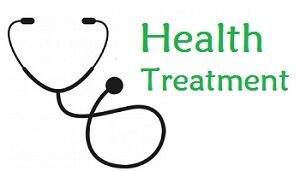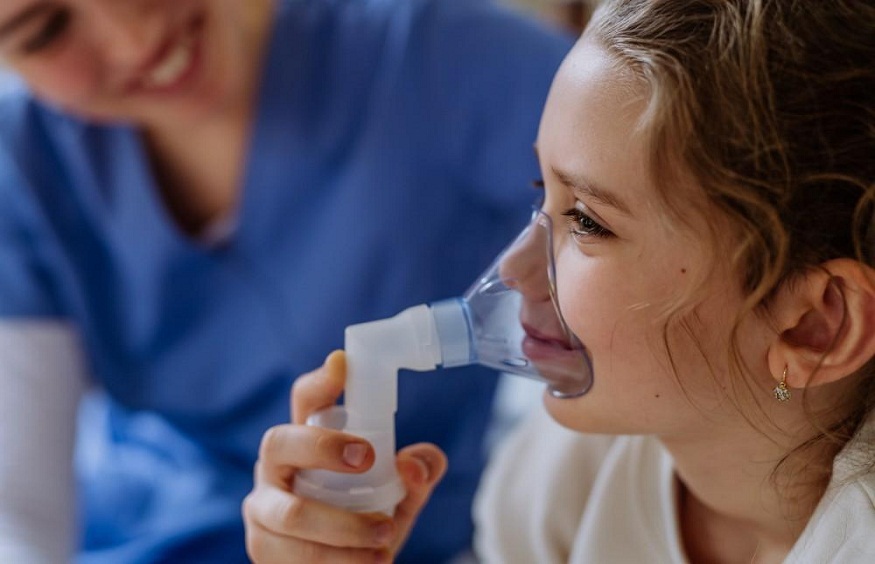The landscape of Obstetrics and Gynecology is changing. Yes, it’s evolving in ways we couldn’t have imagined a decade ago. And it’s not just about the advances in medical technology or pioneering research. Nidhee M. Sachdev MD points out a surprising factor: social media. Today, we’ll explore how the world of likes, shares, and tweets is shaping the practice of Obstetrics and Gynecology.
How It’s Changing
Social media is a game changer. It’s giving a voice to patients. It’s opening up dialogues. It’s breaking down barriers. Facebook, Twitter, Instagram – they all play a part.
Doctors are sharing insights online. Patients are asking questions. Information is flowing. The Centers for Disease Control and Prevention (CDC) report that social media plays a significant role in health communication.
Benefits and Challenges
There are positives. There are downsides too. Here’s a look at both.
| Benefits | Challenges |
| Improved communication | Quality of information |
| Enhanced patient education | Data privacy |
| Greater reach | Professional boundaries |
Setting Standards
It’s crucial to balance the good and the bad. More and more professional bodies are setting guidelines. They act as a compass, guiding professionals on the right path. For instance, the American College of Obstetricians and Gynecologists (ACOG) as a solid social media policy.
In Conclusion
The impact of social media on Obstetrics and Gynecology is clear. It’s a tool, and when used correctly, it’s beneficial. It’s about striking the right balance. It’s about using this platform to foster honest, open communication. But always with a regard for quality, privacy, and professionalism.




